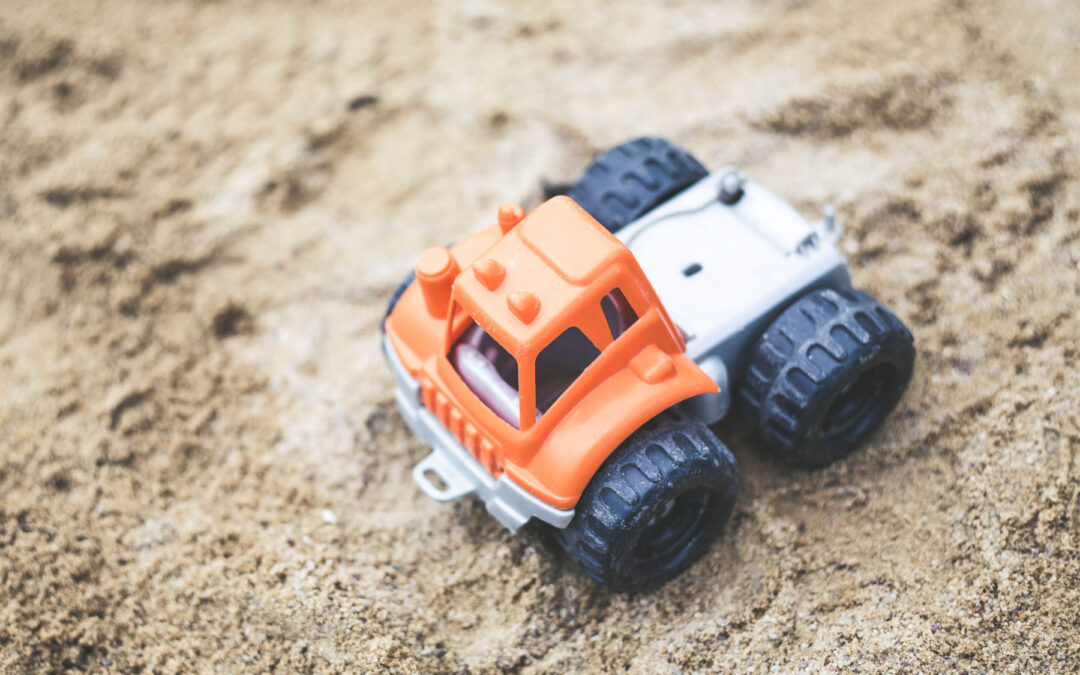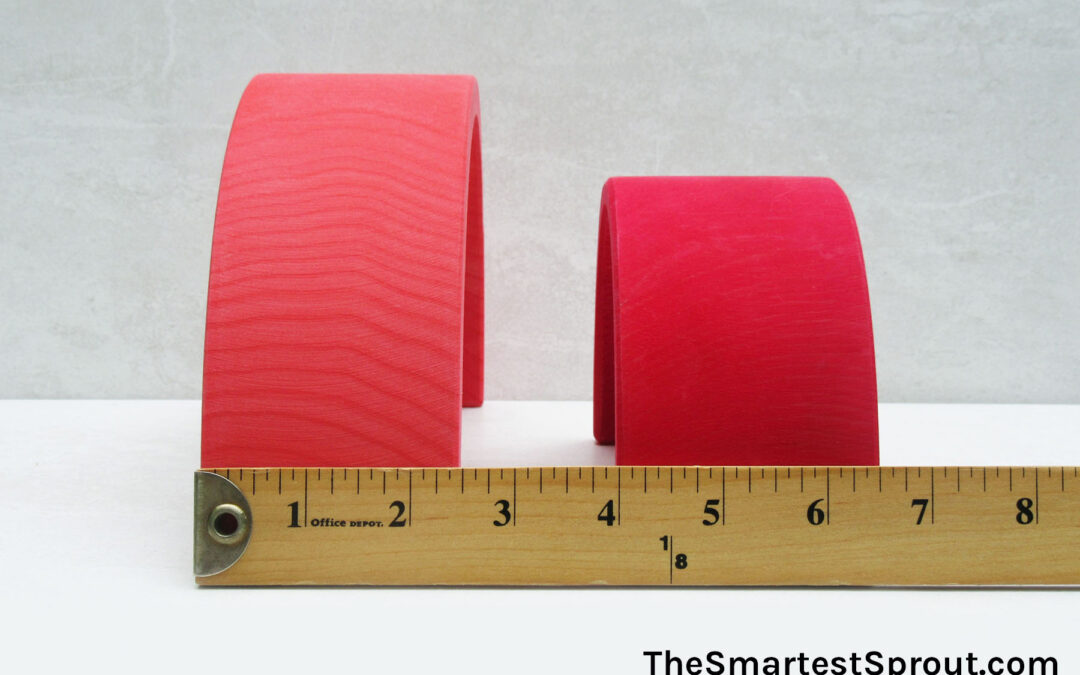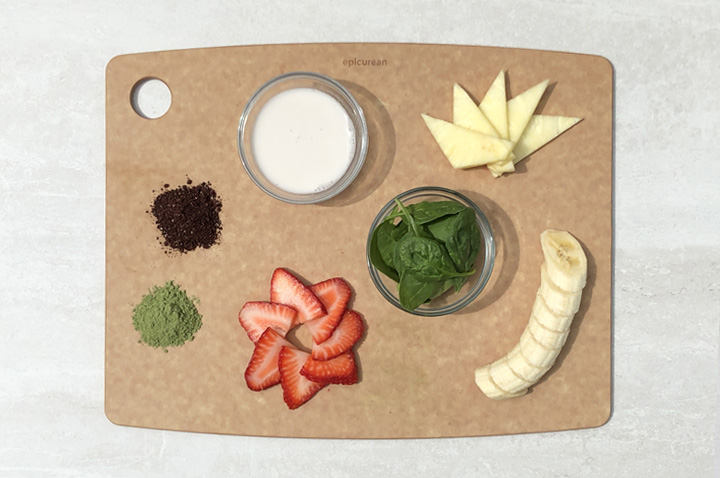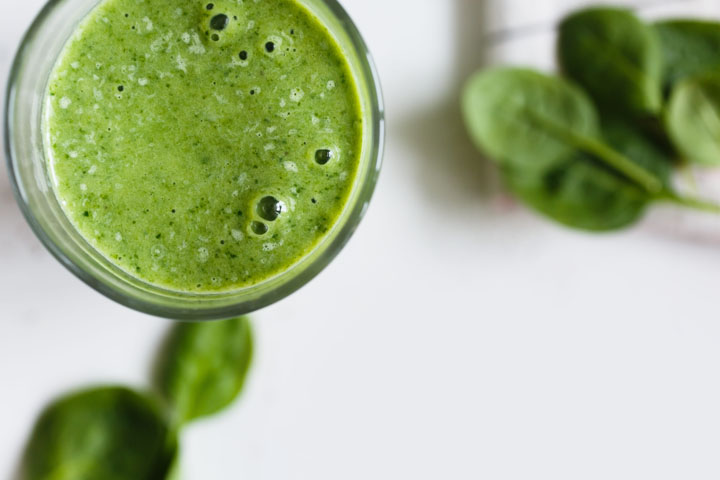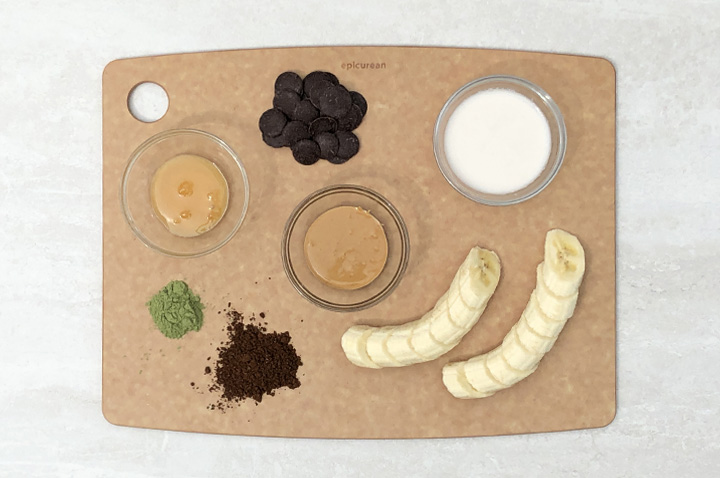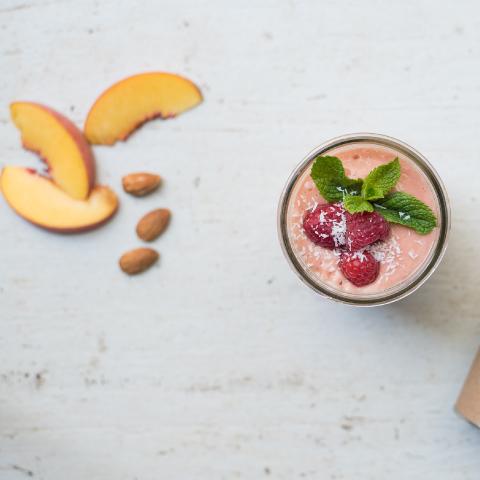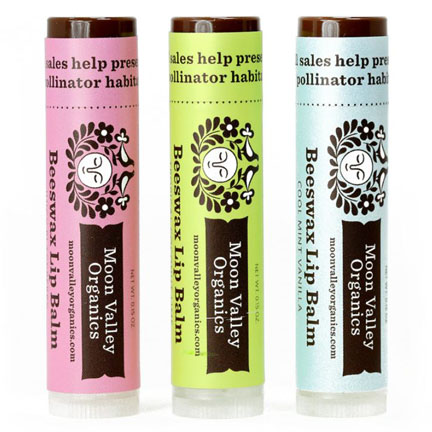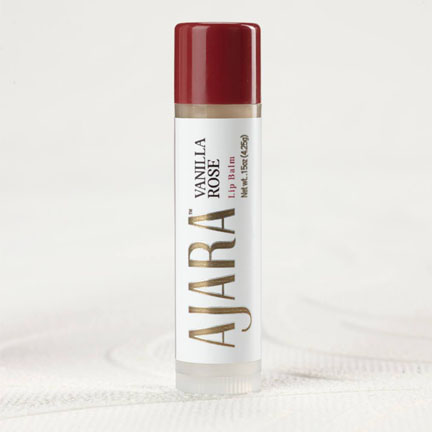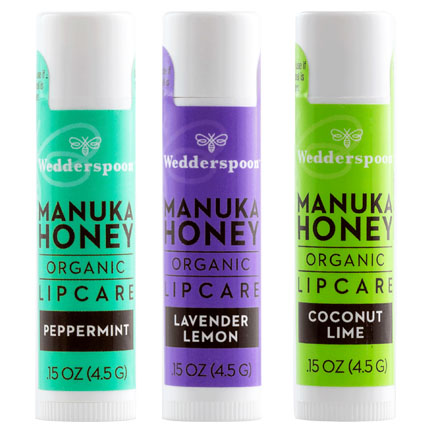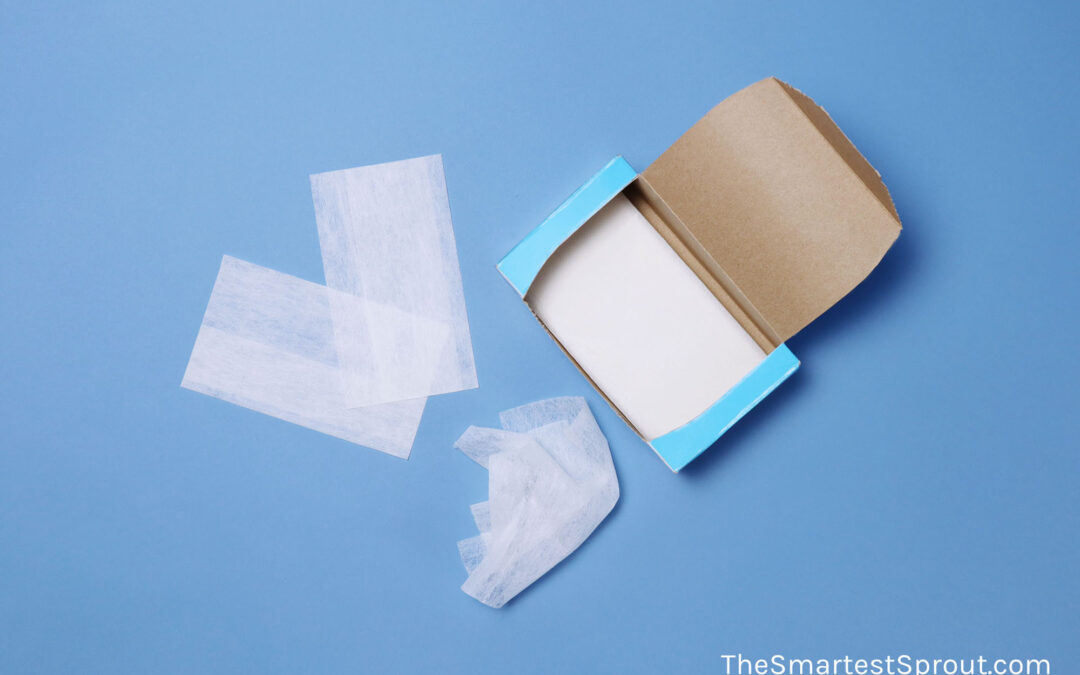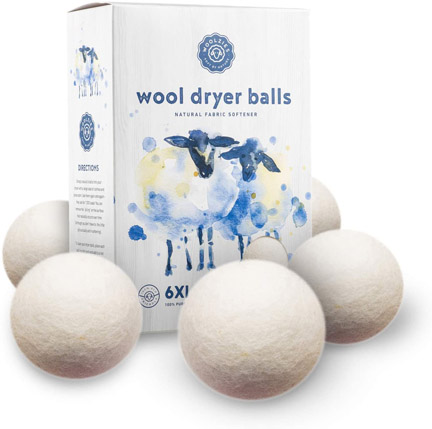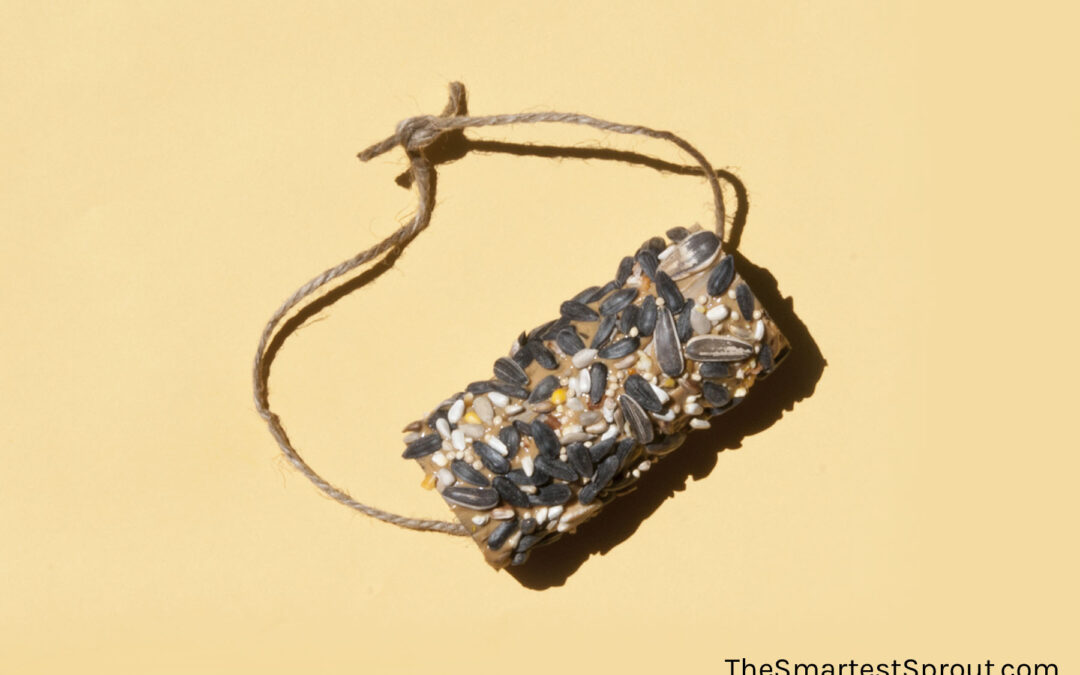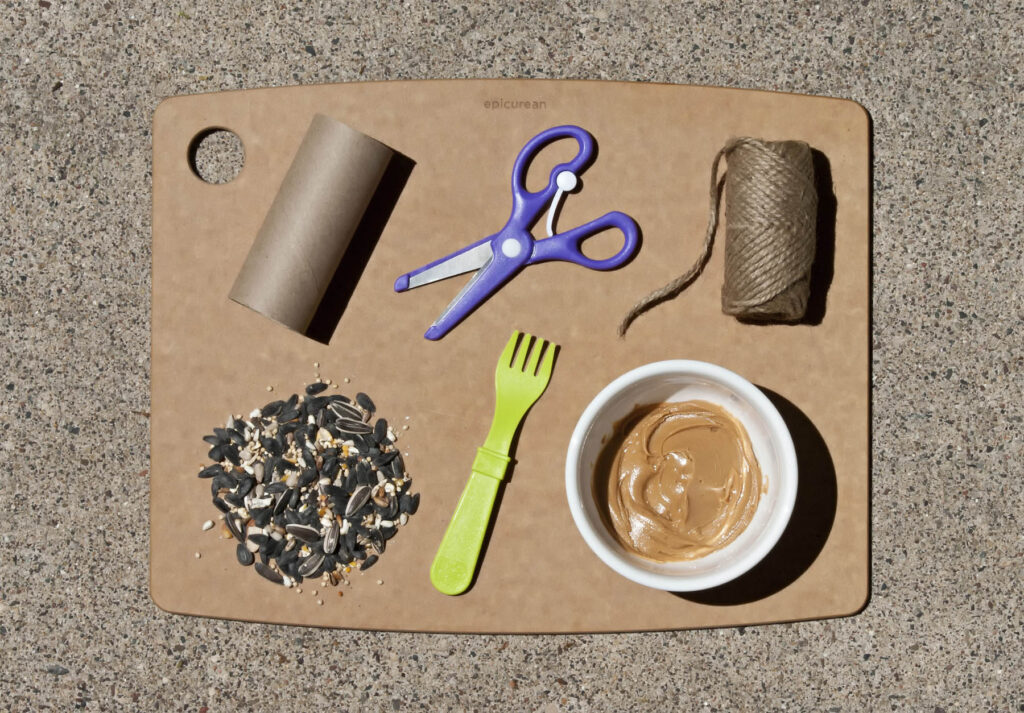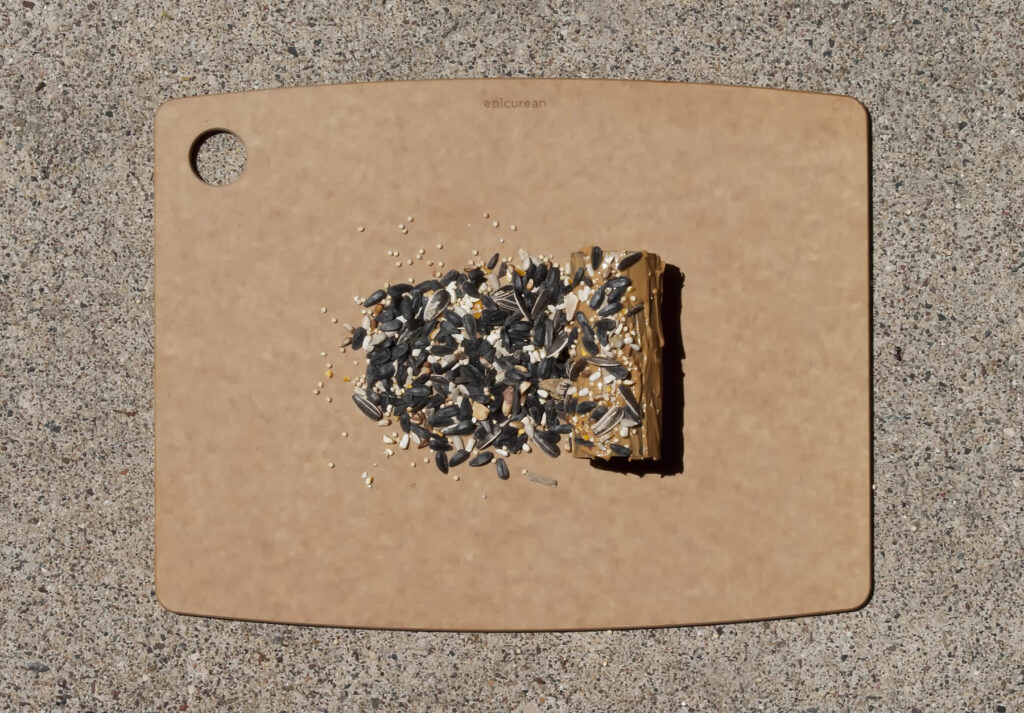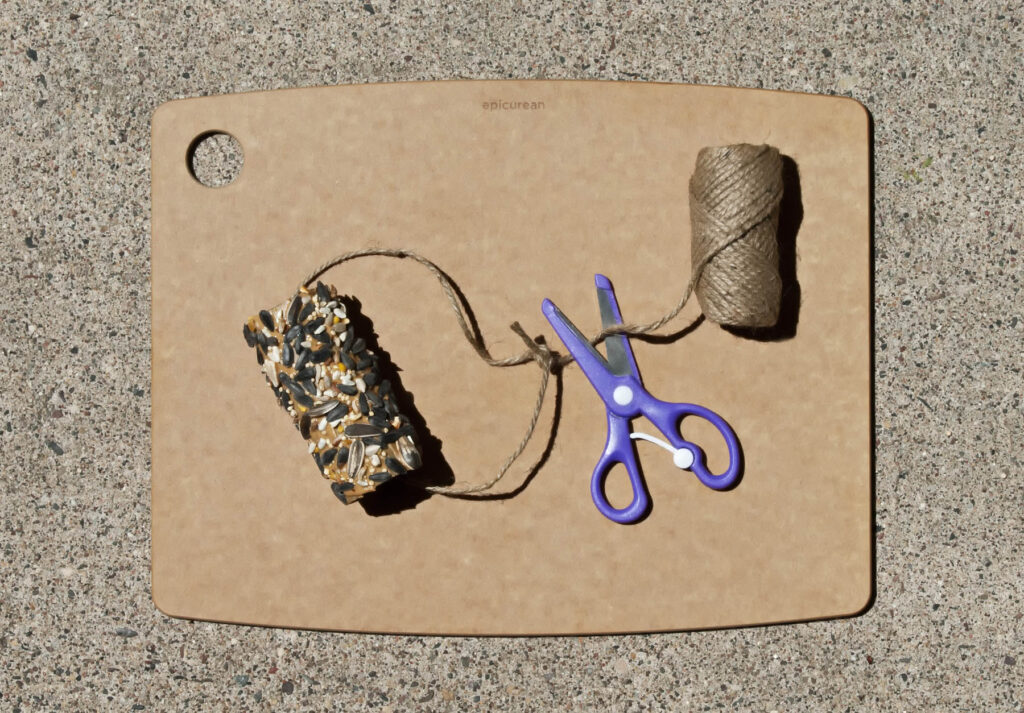
How to Comment on Children’s Artwork: 8 Motivating Ways
How to Comment on Children’s Artwork: 8 Motivating Ways
This post contains affiliate links. Read our affiliate disclosure here.
As a child, there’s no right or wrong way to create art. Every piece or artwork is special and unique in its own way. On the other hand, there is a right way and a wrong way to comment on your child’s art. Keep reading to learn how to comment on children’s artwork in a way that will please them, while encouraging additional creativity and exploration with art.
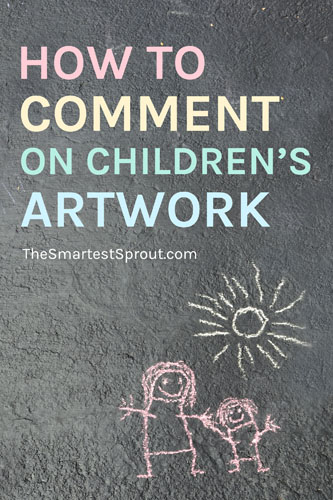
How to Comment on Children’s Artwork ‘The Wrong Way’
According to Grand Valley State University, generic praise influences goals for achievement by conveying to the child that outperforming others is more important than self-improvement. A performance goal is associated with negative outcomes for children such as the development of helpless responses, which lead to decreased motivation in failure situations. (1)
Use Generic Comments in Moderation
Saying “Good job!” or “That looks great!” has a nice ring to it, but it’s not the ideal way to praise a child’s work of art. If all your child hears is generic praise, they may begin to think that everything they do is perfect. As a result, they may experience amplified disappointment when things don’t look the way they want. This may also discourage them from raising their own expectations of themself. Below are examples of generic comments to use sparingly.
- “Great job!”
- “That looks amazing!”
Avoid Definitive Comments
In addition, you should avoid the use of definitive phrases. Definitive phrases use words like “best” or “always”. These types of comments sound nice at the time, but they set your child on a pedestal that is impossible to maintain. Your child may feel great about their art ability during their toddler and preschool years. However, once they get to elementary school, they may be so focused on comparing their work to others that they’ll lose sight of what art is really about. Avoid using any of the below phrases when commenting on your child’s art.
- “You’re the best artist in the whole world!”
- “This is the greatest picture I’ve ever seen!”
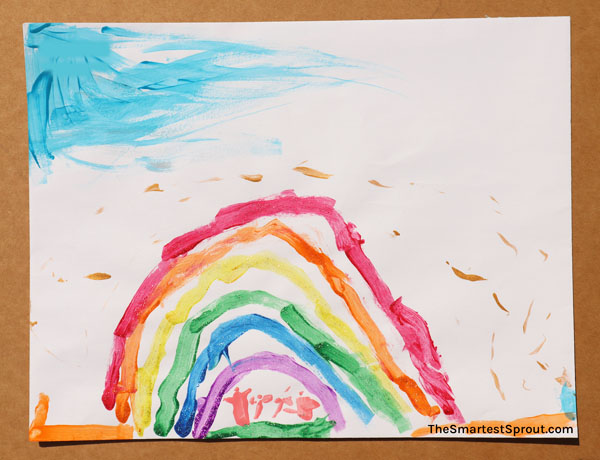
How to Comment on Children’s Artwork ‘The Right Way’
Children who are praised non-generically using more detailed phrases are more likely to hold learning goals. This type of goal is associated with positive outcomes such as the development of genius responses and success efforts. Moreover, this leads to increased motivation in failure situations. (1)
Use Encouraging Statements
Using detailed phrases while commenting on children’s artwork can motivate your child. In addition, words of encouragement will make them feel accomplished while inspire them to better their skills even more.
- “This picure is very colorful! You chose to use 6 different colors in this painting!”
- “I can tell you’ve been practicing drawing lines. Your lines used to be wavy and look how much straighter they’re getting!”
- “I’m impressed that you mixed red and blue together to make purple!”
Ask Open Ended Questions
Kids love to talk about their choices and accomplishments. Asking them open ended questions will encourage conversation, bonding time, and creativity.
- “I see you chose to draw a smile on this person. What is making him/her so happy?”
- “You drew a circle on this side of the page. What other shapes do you like to draw?”
Express Your Feelings
Professional artwork is created to release emotions from people who view it. Your toddler’s artwork should be no different. Your kid’s artwork may make you feel happy or laugh when you look at it. On the other hand, it may make you feel sleepy or scared. Tell them how it makes you feel using one of the phrases below.
- “Looking at this drawing makes me feel happy because _______. How does this drawing make you feel?”
- “The wavy lines in this picture look so peaceful. Looking at them makes me feel very calm and relaxed.”
- “I love watching you create new drawings. I’m excited to see what you make next!”
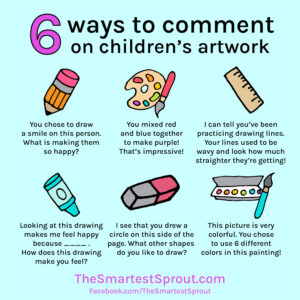
Final Thoughts
Luckily, you now have a better understanding on how to comment on children’s artwork. Use generic phrases in moderation and compliment specific elements of the artwork using details. Constructive criticism is not a bad thing if you know your child didn’t try their best. As long as you’re showing interest in your child’s art, you’re showing them love and encouragement.
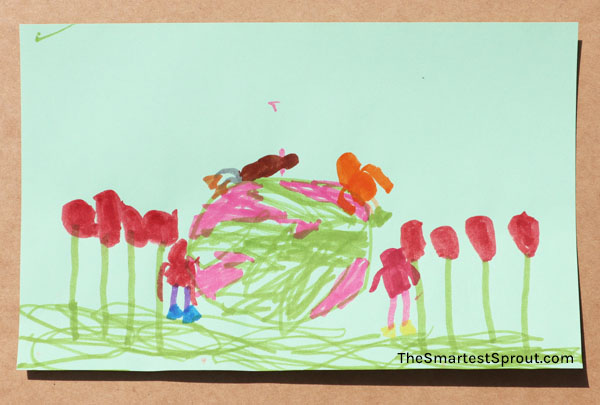
Sources:
(1) https://scholarworks.gvsu.edu/mcnair/vol15/iss1/8/
Other Articles You May Enjoy:
Share This Page on Social Media:
Let’s Be Friends
Follow The Smartest Sprout on Facebook and Instagram! Discover the latest parenting tips, activity ideas, and more! Plus, get deal alerts on our favorite educational toys and healthy family essentials!


